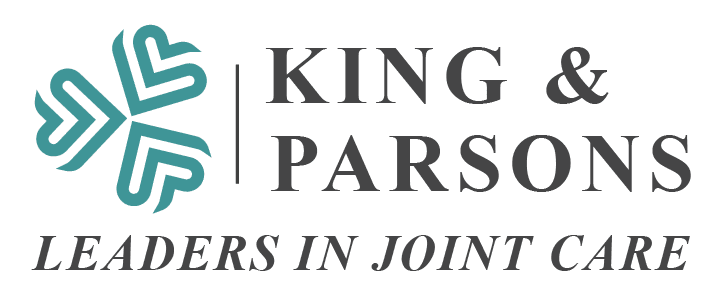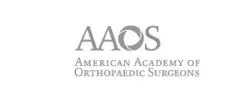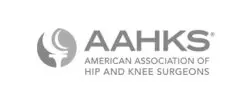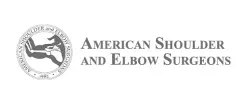The study compared the 2-year clinical outcomes of anatomic and reverse total shoulder arthroplasty (ATSA and RTSA) with intraoperative navigation versus traditional techniques, finding that navigation was safe and produced at least equally good outcomes with no increased risk of complications, and the final implant position’s retroversion and correction did not negatively impact outcomes.
Introduction: We compared the 2-year clinical outcomes of both anatomic and reverse total shoulder arthroplasty (ATSA and RTSA) using intraoperative navigation compared to traditional positioning techniques. We also examined the effect of glenoid implant retroversion on clinical outcomes.
Hypothesis: In both ATSA and RTSA, computer navigation would be associated with equal or better outcomes with fewer complications. Final glenoid version and degree of correction would not show outcome differences.
Material and methods: A total of 216 ATSAs and 533 RTSAs were performed using preoperative planning and intraoperative navigation with a minimum of 2-year follow-up. Matched cohorts (2:1) for age, gender, and follow-up for cases without intraoperative navigation were compared using all standard shoulder arthroplasty clinical outcome metrics. Two subanalyses were performed on navigated cases comparing glenoids positioned greater or less than 10° of retroversion and glenoids corrected more or less than 15°.
Results: For ASTA, no statistical differences were found between the navigated and non-navigated cohorts for postoperative complications, glenoid implant loosening, or revision rate. No significant differences were seen in any of the ATSA outcome metrics besides higher internal and external rotation in the navigated cohort. For RTSA, the navigated cohort showed an ARR of 1.7% (95% CI 0%, 3.4%) for postoperative complications and 0.7% (95% CI 0.1%, 1.2%) for dislocations. No difference was found in the revision rate, glenoid implant loosening, acromial stress fracture rates, or scapular notching. Navigated RTSA patients demonstrated significant improvements over non-navigated patients in internal rotation, external rotation, maximum lifting weight, the Simple Shoulder Test (SST), Constant, and Shoulder Arthroplasty Smart (SAS) scores. For the navigated subcohorts, ATSA cases with a higher degree of final retroversion showed significant improvement in pain, Constant, American Shoulder and Elbow Surgeons Standardized Shoulder Assessment Form (ASES), SST, University of California-Los Angeles shoulder score (UCLA), and Shoulder Pain and Disability Index (SPADI) scores. No significant differences were found in the RTSA subcohort. Higher degrees of version correction showed improvement in external rotation, SST, and Constant scores for ATSA and forward elevation, internal rotation, pain, SST, Constant, ASES, UCLA, SPADI, and SAS scores for RTSA.
Conclusion: The use of intraoperative navigation shoulder arthroplasty is safe, produces at least equally good outcomes at 2 years as standard instrumentation does without any increased risk of complications. The effect of final implant position above or below 10° of glenoid retroversion and correction more or less than 15° does not negatively impact outcomes.














